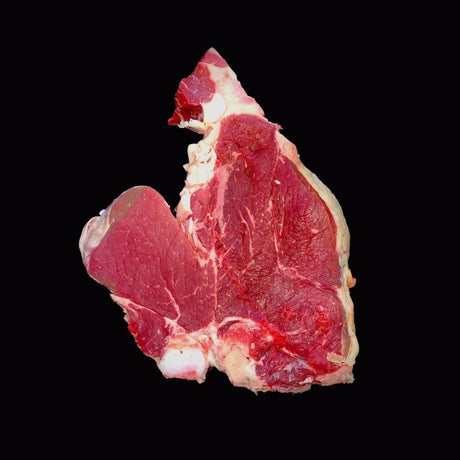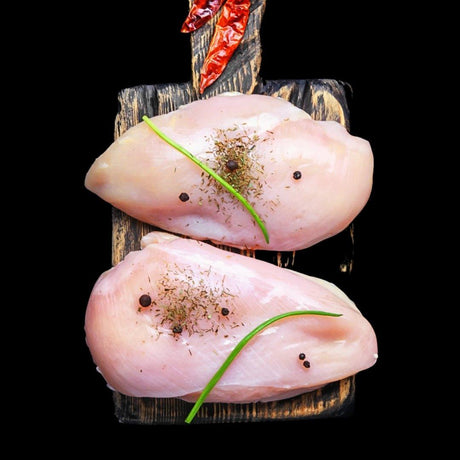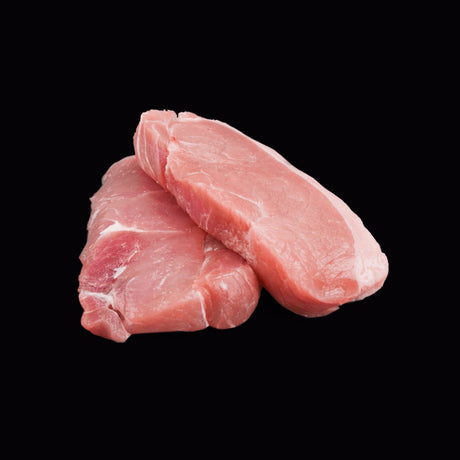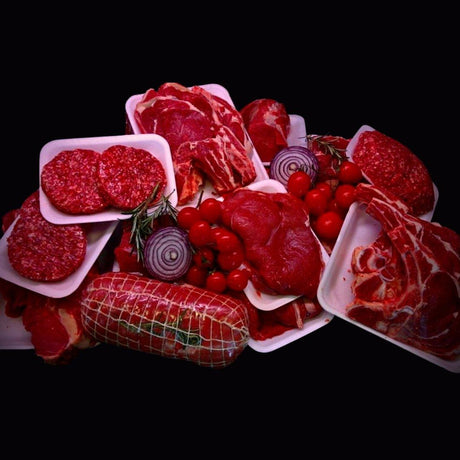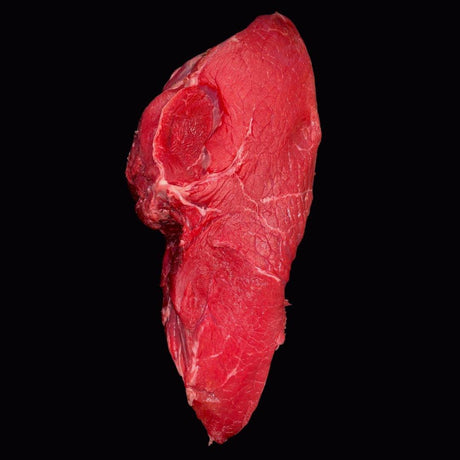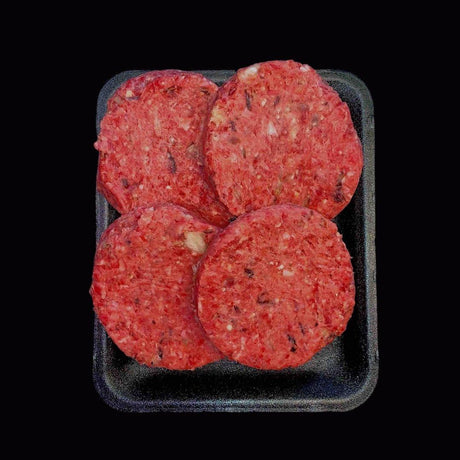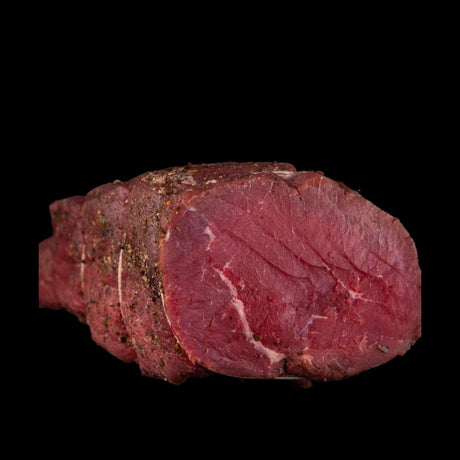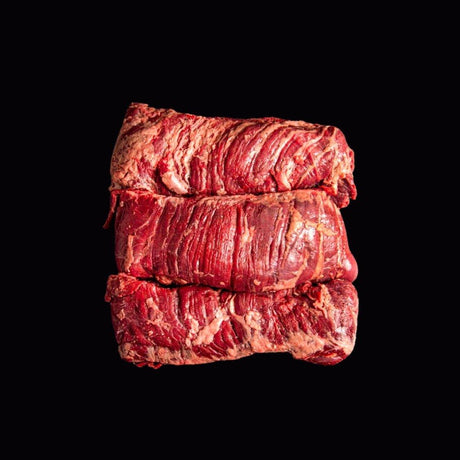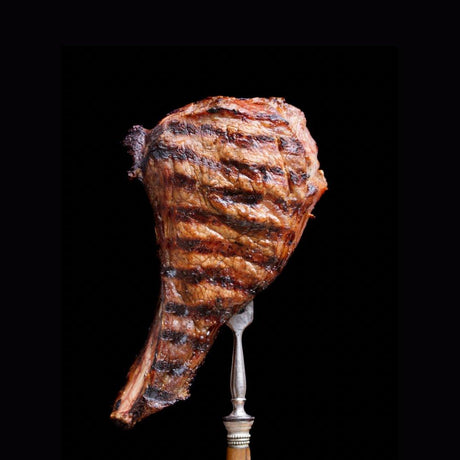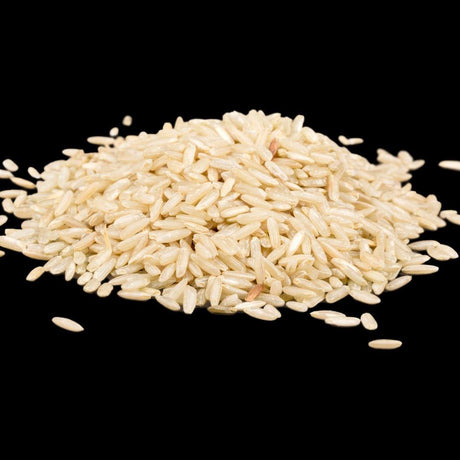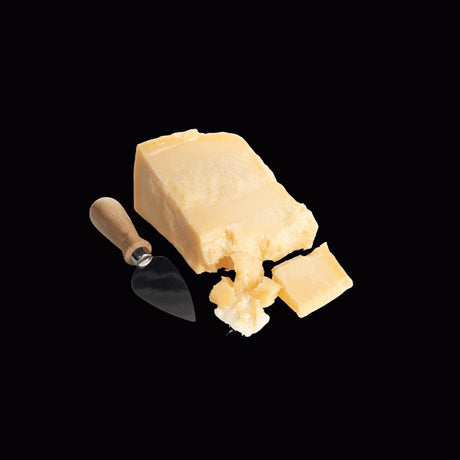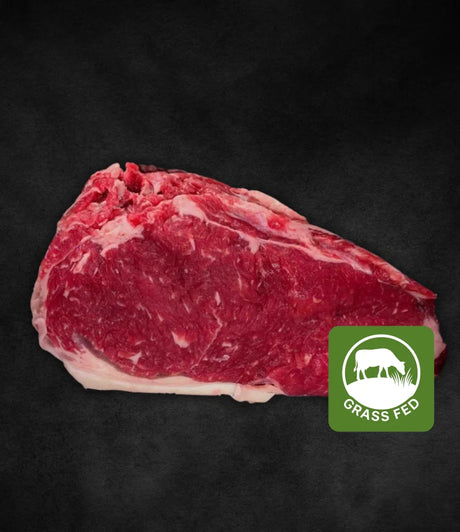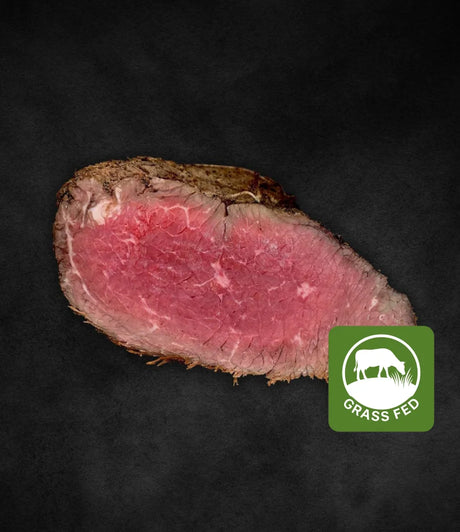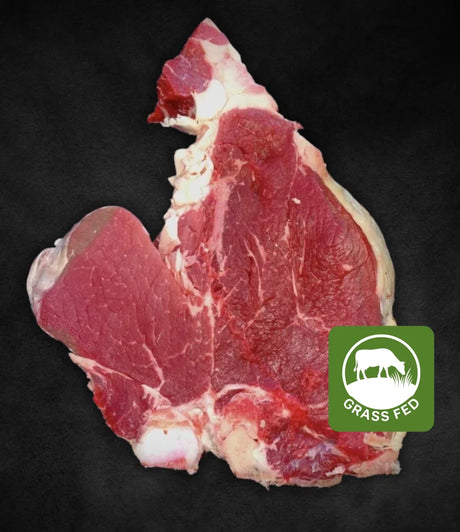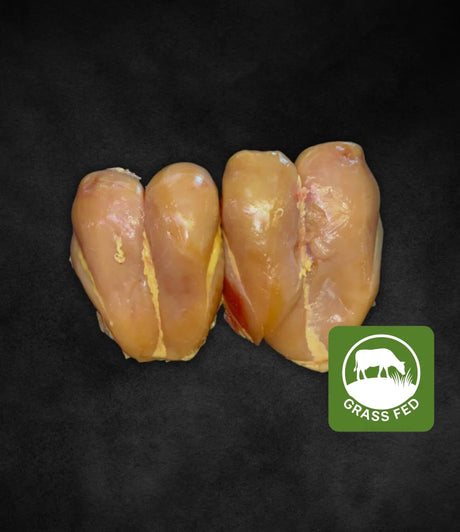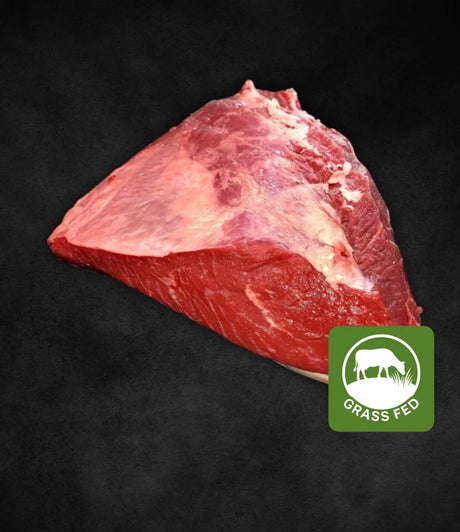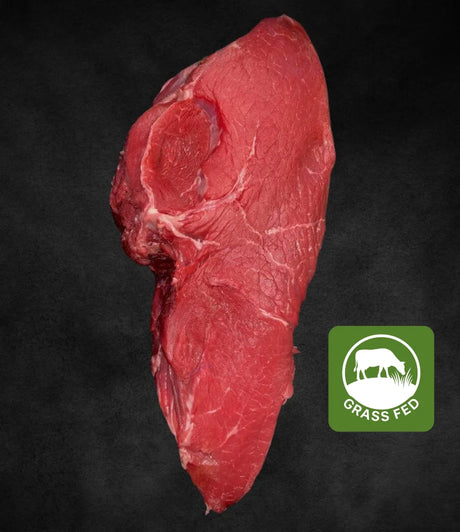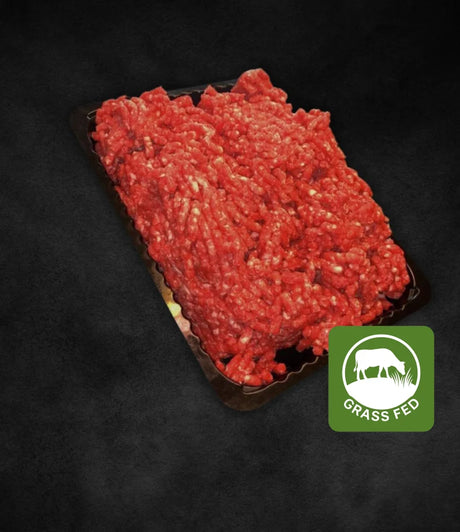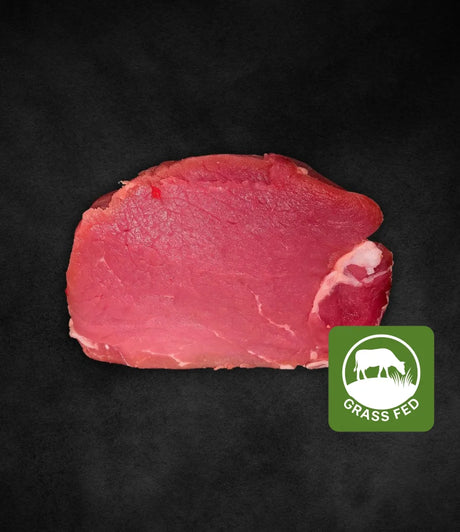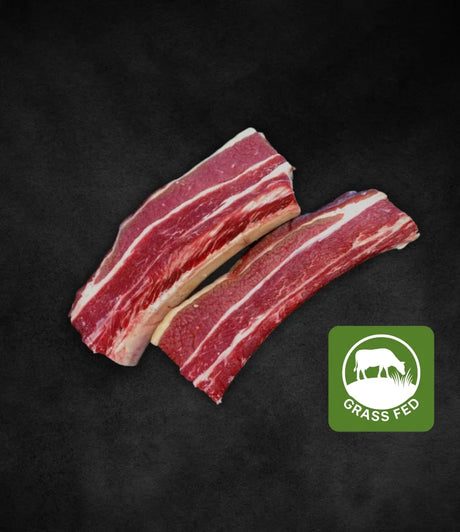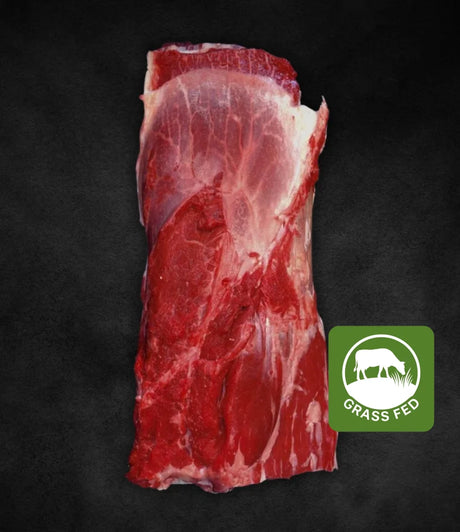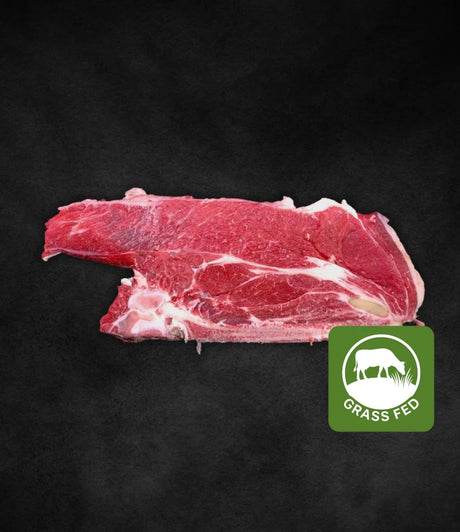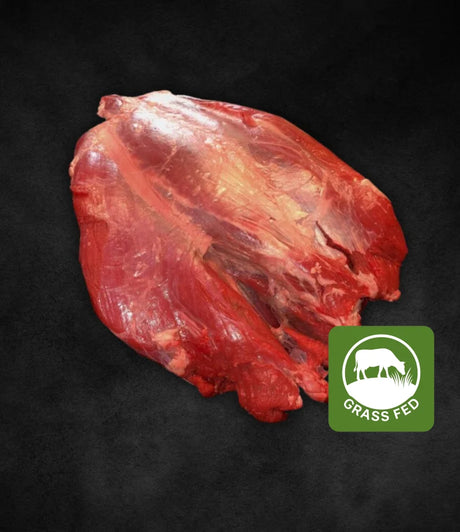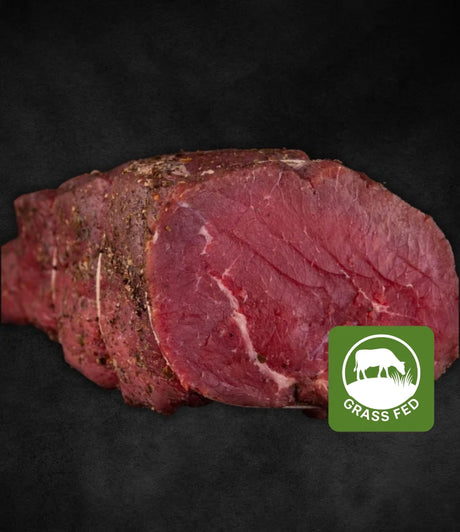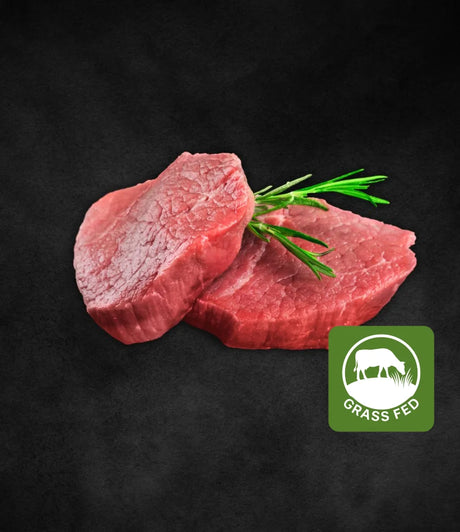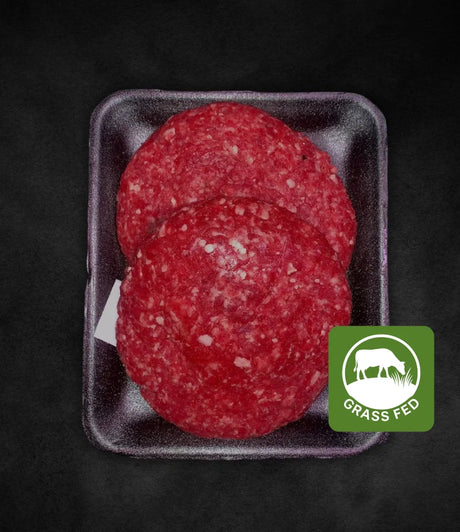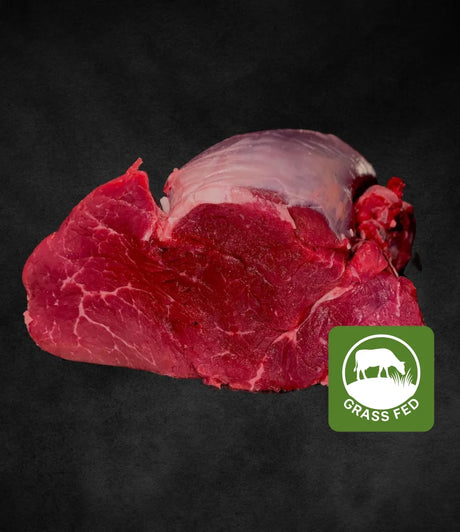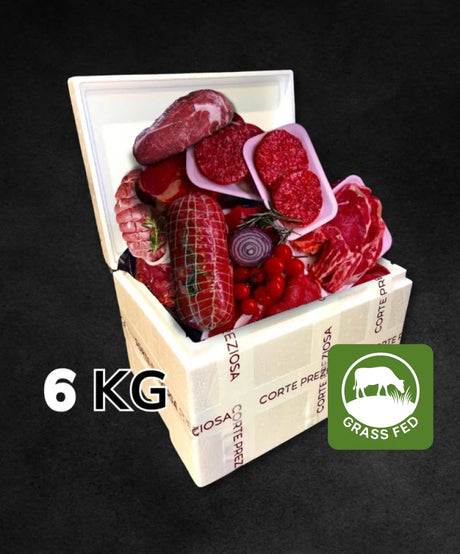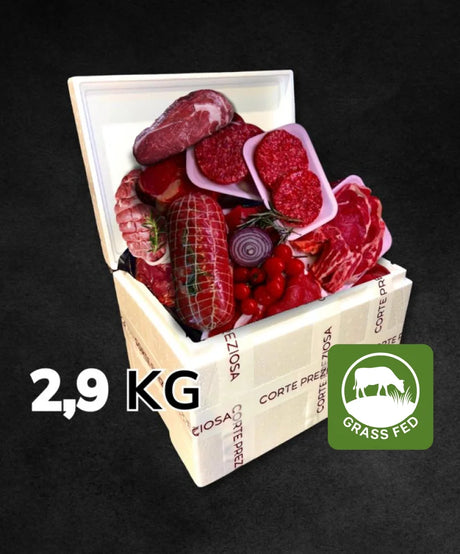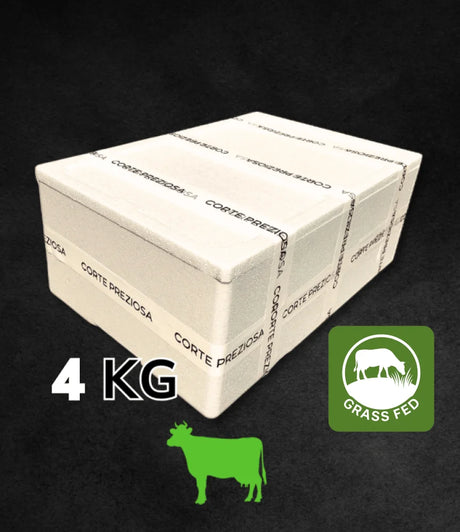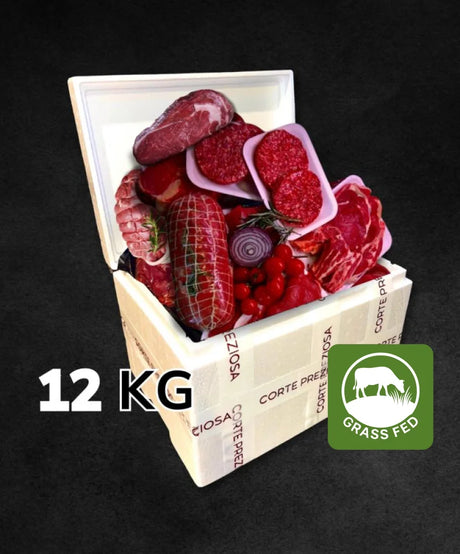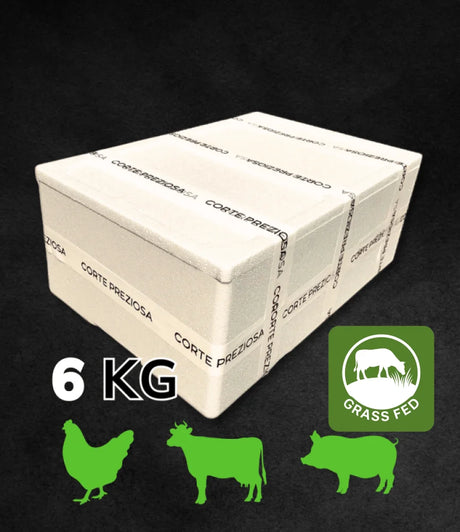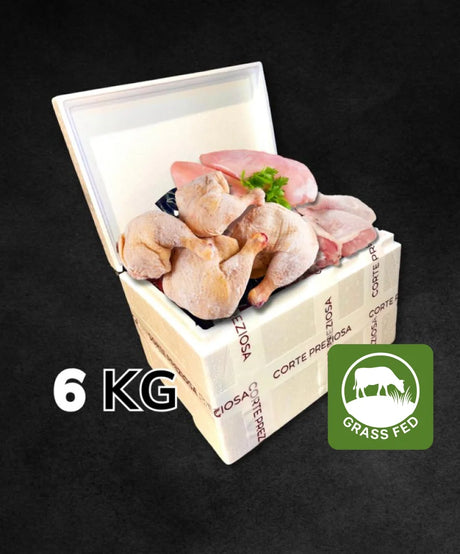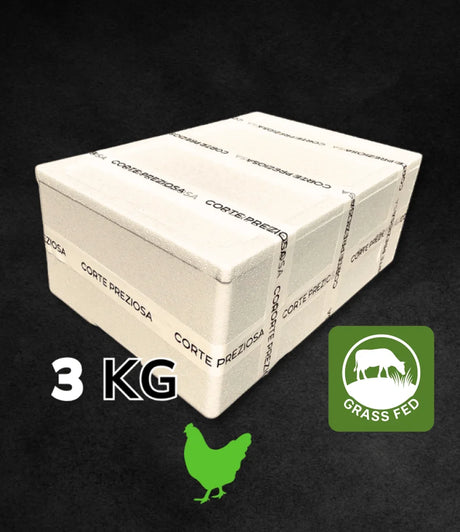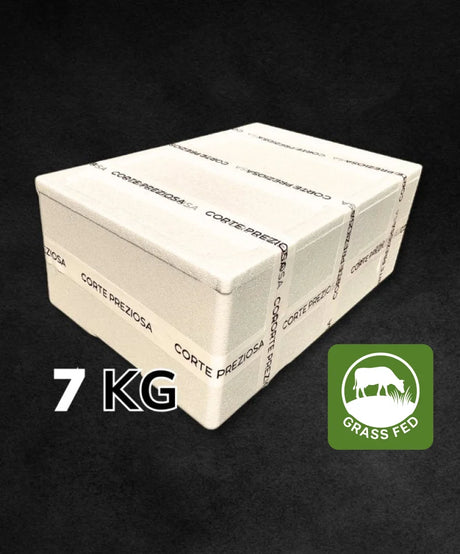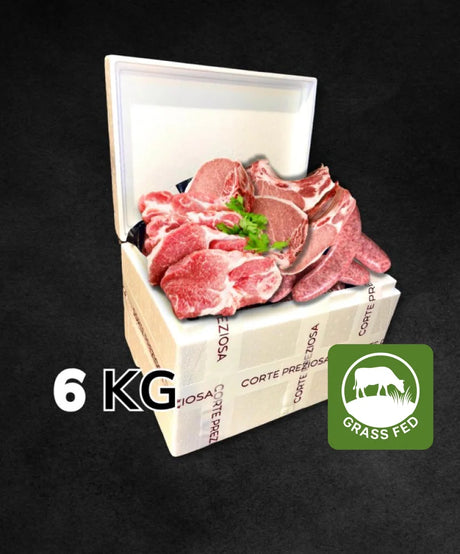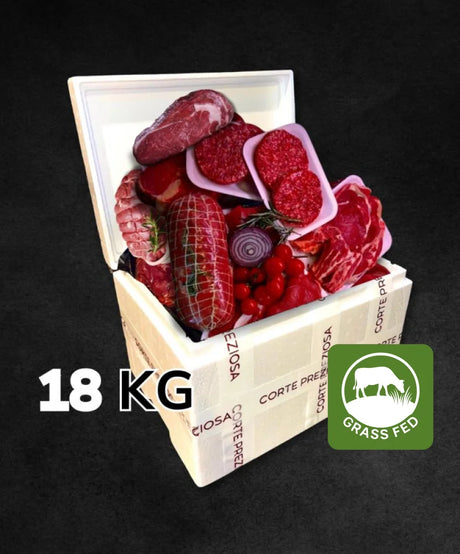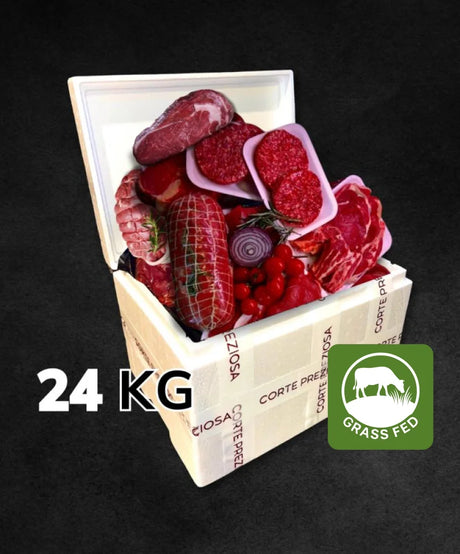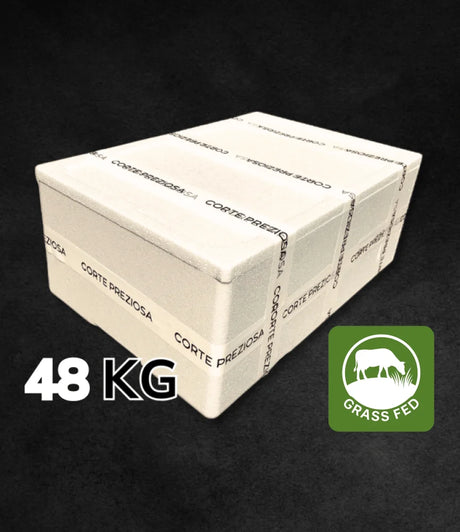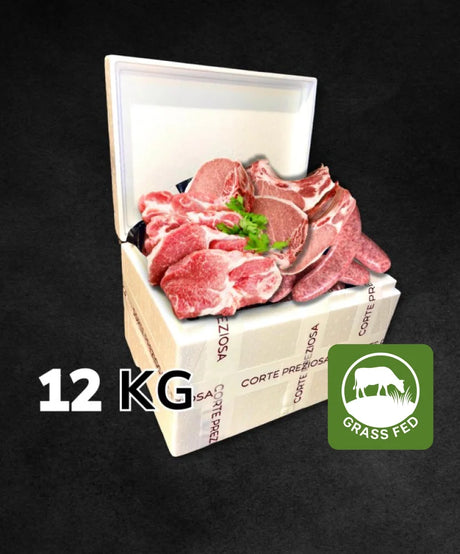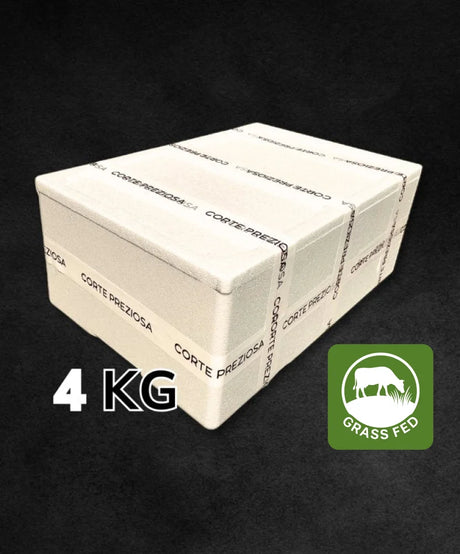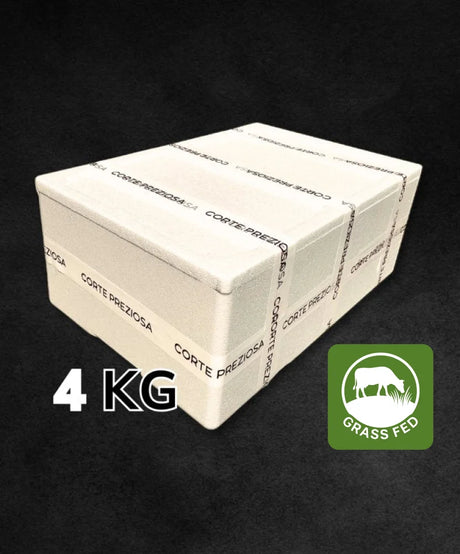In an age where food awareness is increasingly central, the way an animal is raised can make a difference. Grass-fed meat , meaning from animals raised on pasture and fed exclusively on grass, has attracted the attention of nutritionists, environmentalists, and gourmets. But what makes this meat so special?
Today we want to talk about it following the valuable contribution of nutritionist Dr. Giovanna Pitotti , who has explored the topic in depth with a careful look at the quality and real benefits of this dietary choice.
🌿 What is grass-fed meat?
Grass-fed meat comes from animals that roam freely in pastures and eat what nature provides: fresh grass, hay, and natural forage. No corn, no soy, no processed feed.
This farming method respects the animal's physiology and produces healthier, tastier and, above all, nutritionally richer meat .
🧬 The nutritional benefits of grass-fed meat
According to Dr. Pitotti, it's not just a food fad, but a true evolution in the way we conceive of meat . Here's why:
✅ 1. A perfect balance of good fats
Grass-fed meat has a much more balanced omega-6/omega-3 ratio than conventional meat. This means less inflammation, greater protection for the heart and brain, and a beneficial effect on mood and skin.
✅ 2. Natural antioxidants
This meat is an important source of vitamin E and beta-carotene , powerful antioxidants that fight oxidative stress and help slow down cellular aging.
✅ 3. Without hormones or antibiotics
Grass-fed farms do not use growth hormones or preventative antibiotics , thus avoiding potentially harmful residues and helping to reduce antibiotic resistance in humans.
✅ 4. More vitamins and minerals
In particular, we find high concentrations of vitamins A, D, E and K2 , as well as iron, zinc and selenium , essential nutrients for bone health, the immune system and for correct metabolic function.
🌱 An ethical and sustainable choice
Not just health: choosing grass-fed meat is also an act of respect towards the environment and animals .
-
The animals graze freely, reducing stress and living according to their natural rhythms.
-
Pastures, if well managed, help regenerate the soil and capture CO₂ .
-
Intensive cultivation is not used to feed animals, reducing the ecological footprint.
In practice, a more circular, ethical and regenerative system.
🍽️ How to enjoy it best?
To ensure you don't miss out on any of the benefits of grass-fed meat, here are some tips:
-
Slow and gentle cooking : grill, low-temperature oven, or sous-vide.
-
Light accompaniments : grilled or raw vegetables, whole grains, extra virgin olive oil.
-
Always read the label : look for reliable certifications such as “100% grass-fed” or “pasture-raised.”
✨ Conclusion
Grass-fed meat is much more than a trend: it's a choice that combines taste, well-being, and respect for nature. As Dr. Pitotti reminds us, the quality of what we eat also depends on the life the animal led before arriving on our tables .
If you want to eat meat more consciously, the answer might not be to eat less, but to choose it better .
📌 Want to learn more? Read the original article by Dr. Giovanna Pitotti here .
---------------------------------------------------------------------------------------


